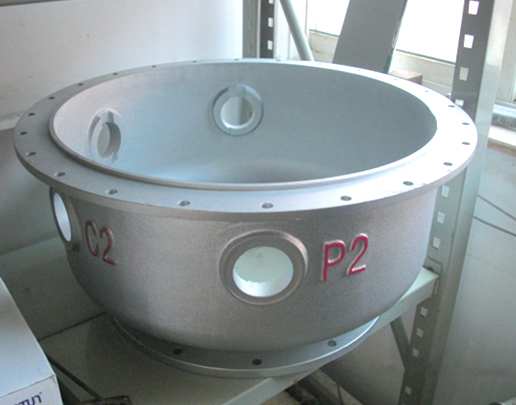Attention shall be paid to the following structural problems in preventing insufficient pouring and cold shut in stainless steel casting. The shape of the casting shall be streamlined as much as possible to avoid sharp edges and sharp changes in connection, so as to facilitate the flow of molten metal. The wall thickness of the casting shall be appropriate and not too thin, especially when the outline size of the casting is large. Large horizontal planes shall be avoided, because it makes the molten metal rise very slowly during pouring, The surface in contact with the air is large and easy to oxidize. At the same time, due to the rapid heat dissipation of the metal mold, the liquid metal quickly loses its fluidity, which is easy to cause defects such as insufficient pouring, cold insulation, slag inclusion, etc.
It is also related to the position of the casting surface. The casting surface that tends to be separated from the metal mold surface during the cooling shrinkage of the casting can be designed with a small slope, while the casting surface that tends to be pressed on the metal mold during the shrinkage of the casting should be given a large slope. The casting slope of stainless steel castings of various alloys;
Because the shrinkage of stainless steel precision casting in Dalian is much larger than that of cast iron, in order to prevent shrinkage cavity and porosity defects, riser, chill and subsidy are mostly used in the casting process to achieve sequential solidification.
In order to prevent the stainless steel castings from shrinkage cavity, porosity, air hole and crack defects, the wall thickness should be uniform, the sharp angle and right angle structure should be avoided, the sawdust should be added to the molding sand for casting, the coke should be added to the core, and the hollow core and oil sand core should be used to improve the yield and air permeability of the sand mold or core.
Stainless steel precision casting has higher mechanical properties than cast iron, but its casting properties are worse than cast iron. It belongs to investment casting or precision casting. It has high melting point, easy oxidation of molten steel, poor fluidity of molten steel and large shrinkage. Stainless steel precision casting is not only suitable for casting of various types and alloys.






